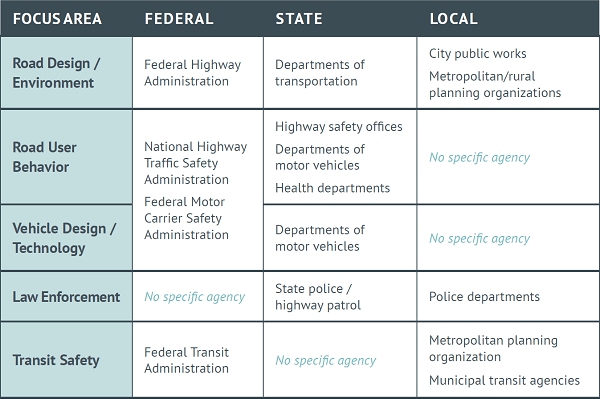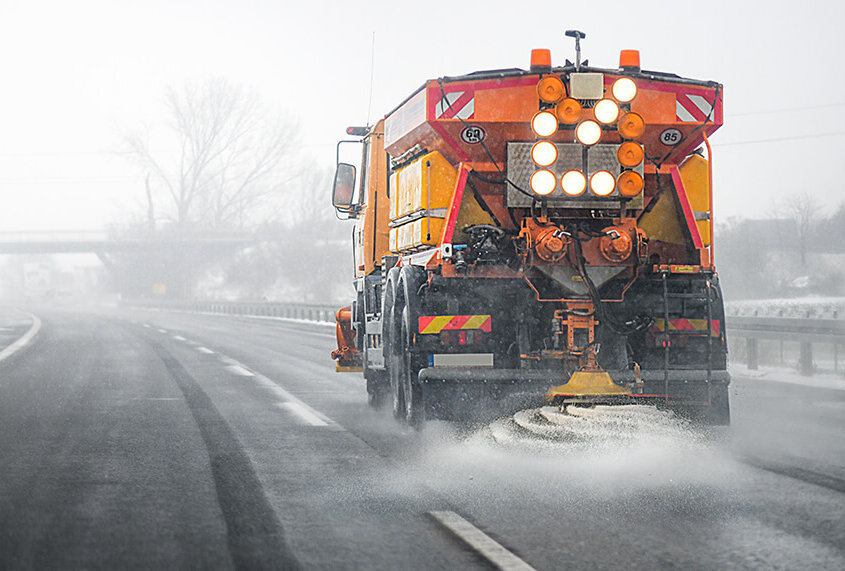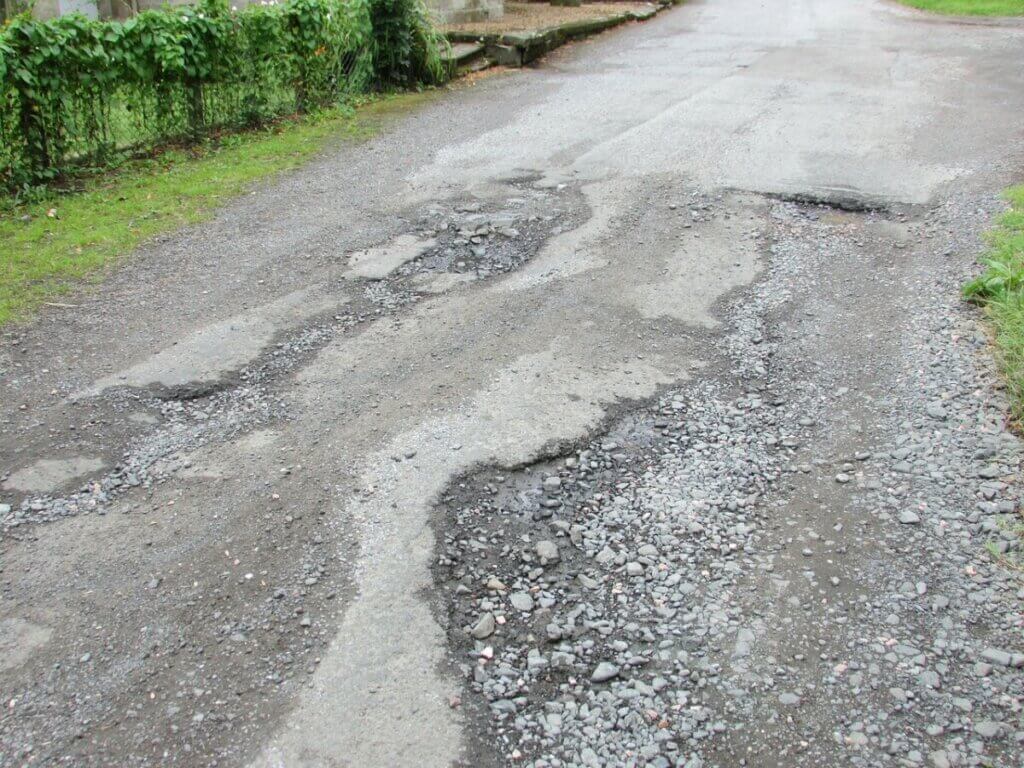Road trip season is upon us! With warm weather and pandemic restrictions lifting, folks are eager to pack up the car and head somewhere- but before hitting the road, let’s collectively consider road safety.

Road safety is an initiative everyone can support – and for good reason. In 2020, while Americans drove 13% fewer miles due to pandemic-related lockdowns and stay-at-home orders, over 42,000 people still died in car accidents! This number represented an 8% increase over 2019 and the first increase in deaths over the last four years.
Road safety is a joint effort by individual drivers, community and industry organizations, and federal, state, and local agencies to practice safe driving, promote best practices, and ensure safe driving conditions in order to reduce the number of vehicular accidents and deaths.
Individuals
Safe driving begins with the driver. It is the individual’s responsibility to stay focused on the road and other vehicles to ensure their own and other’s safety.
Reducing distractions from cell phones and other technology, wearing a seatbelt, activating safety features, driving the speed limit, and obeying posted signs are just a few ways drivers can mitigate risk and increase safety.
Want to learn more ways to stay safe on the road? Check out this list of safe driver behaviors on The National Highway Traffic Safety Administration’s website – a federal organization dedicated to promoting road safety and reducing risky driving behaviors.
Organizations
Organizations from nation-wide to local levels have a wealth of resources, statistics, and information on road and vehicle safety.
Each state and U.S. territory has its own set of laws governing road safety and driver behaviors. If you are traveling through different states, you’ll want to reference the Governors Highway Safety Associations’ state law database to learn more.
Did you know that the inside of a car can heat up by 20℉ in just 10 minutes? NHTSA’s summer driving tips warn about the dangers of child heat stroke, as well as tips to prepare your vehicles and keep the family safe.
Recently, the Road To Zero Coalition managed by the National Safety Council released a comprehensive report involving a number of road safety organizations calling to reduce traffic crash related deaths to zero by 2050. The report calls for three initiatives: “doubling down on what works through evidence-based strategies, advanced lifesaving technology in vehicles and infrastructure, and adopting a safe systems approach and promoting a positive safety culture.”
The American Road and Transportation Builders Association (ARTBA) also adopted a ‘vision zero’ road safety policy with the goal of reducing road fatalities to zero. However, their initiatives are rooted in the premise that humans are prone to error. Therefore, ARTBA’s policy vision is to see a reduction in the severity of traffic crashes and an emphasis on the “design, construction, and maintenance of a road system that will be forgiving of errant behavior.”
Regardless of the initiative or how the objective is achieved, the overarching goal of road safety organizations is the same: reducing the number of fatal car accidents through education, legislation, and system improvements.
Agencies
Government agencies at the federal, state, and local levels are working to achieve road safety through five focus areas: road design/environment, road user behavior, vehicles design and technology, law enforcement, and transit safety, as shown in the table below.
RoadBotics platforms provide state and local agencies with the tools necessary to achieve road safety in the Road Design / Environment focus area. The proper management of the entire road system through routine and preventative monitoring and maintenance is a critical first step in ensuring that individuals are able to drive safely.
RoadBotics can help communities, organizations, and agencies in two ways:
Communities and their engineering, GIS departments, or specialists can use RoadWay to objectively assess a road system’s linear assets – mainly the pavement. By understanding the system’s condition, agencies can make routine and preventative maintenance decisions rooted in objective data.
Build meaningful maps with RoadWay and make data-driven decisions powered by artificial intelligence.
Check it out! Try a demo of RoadWay.








